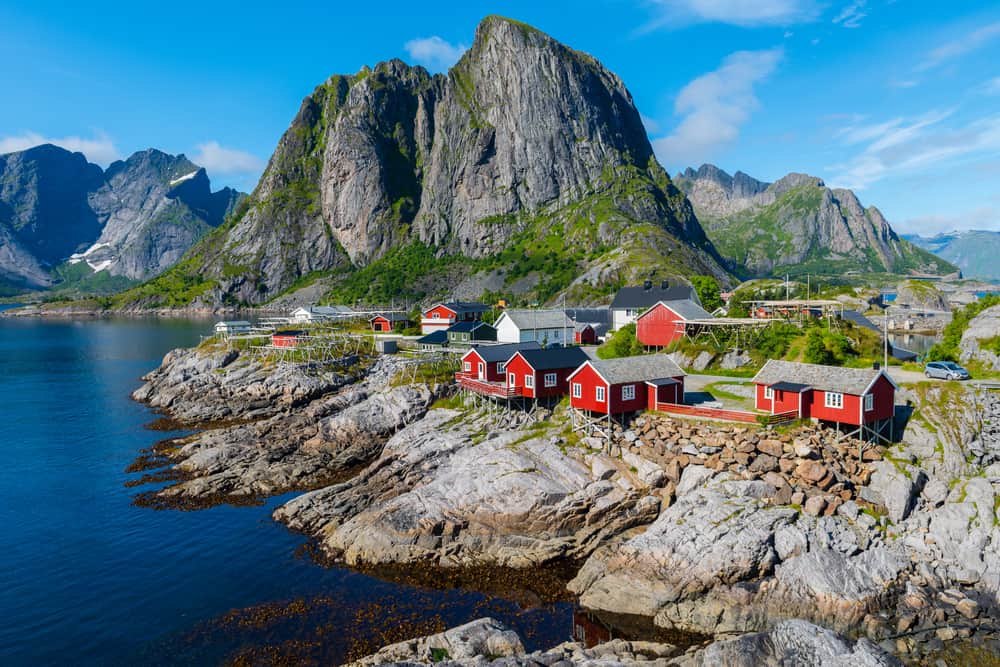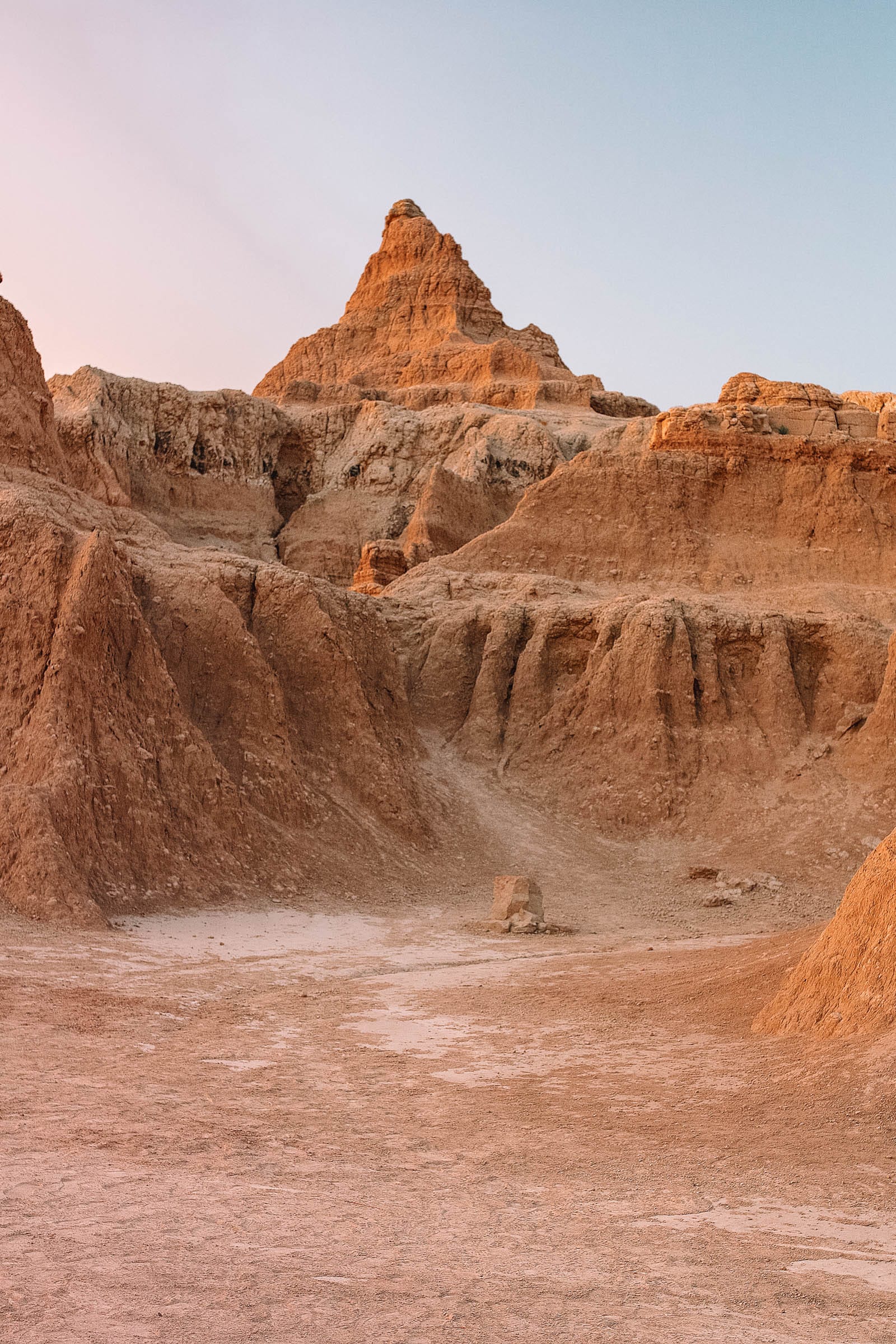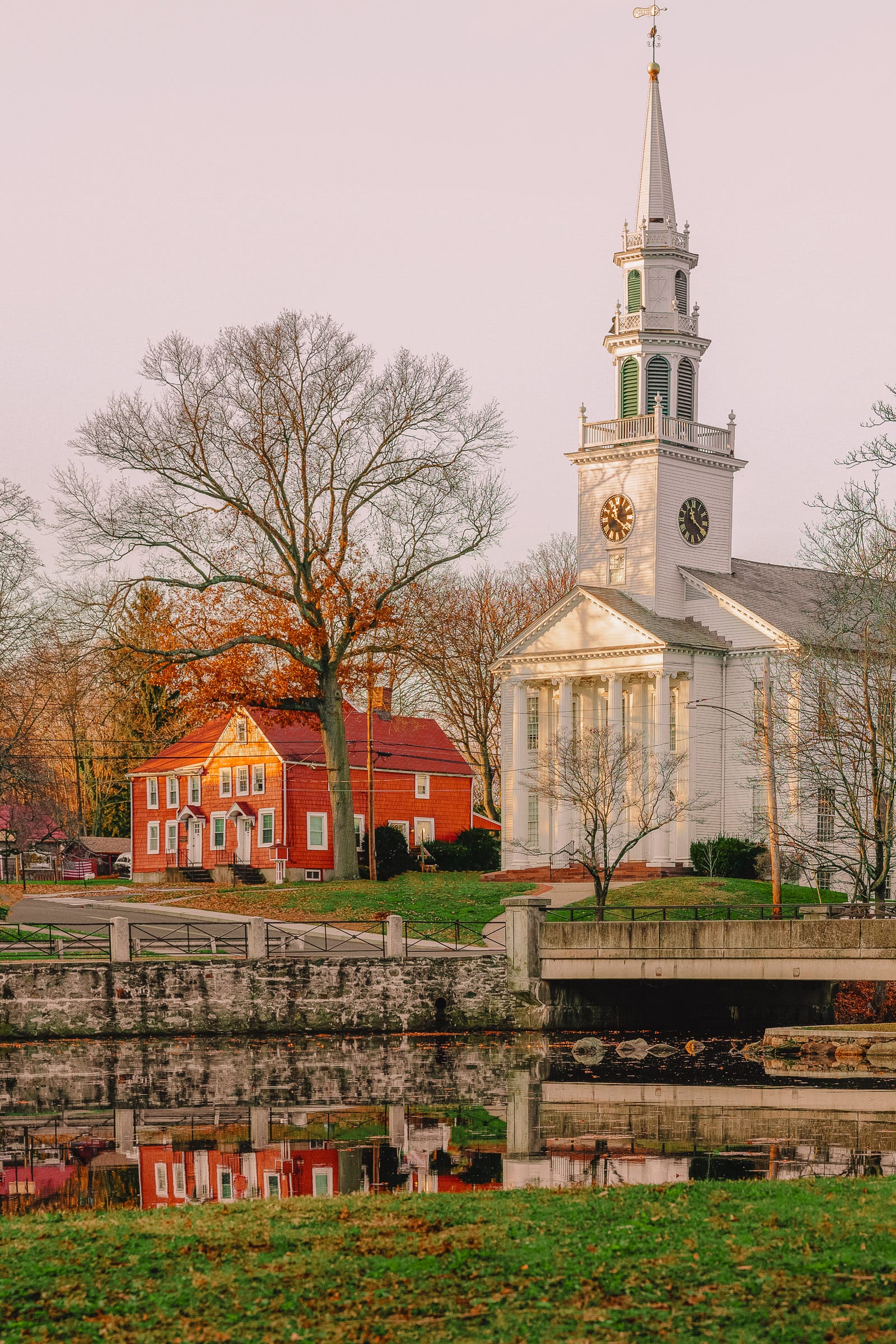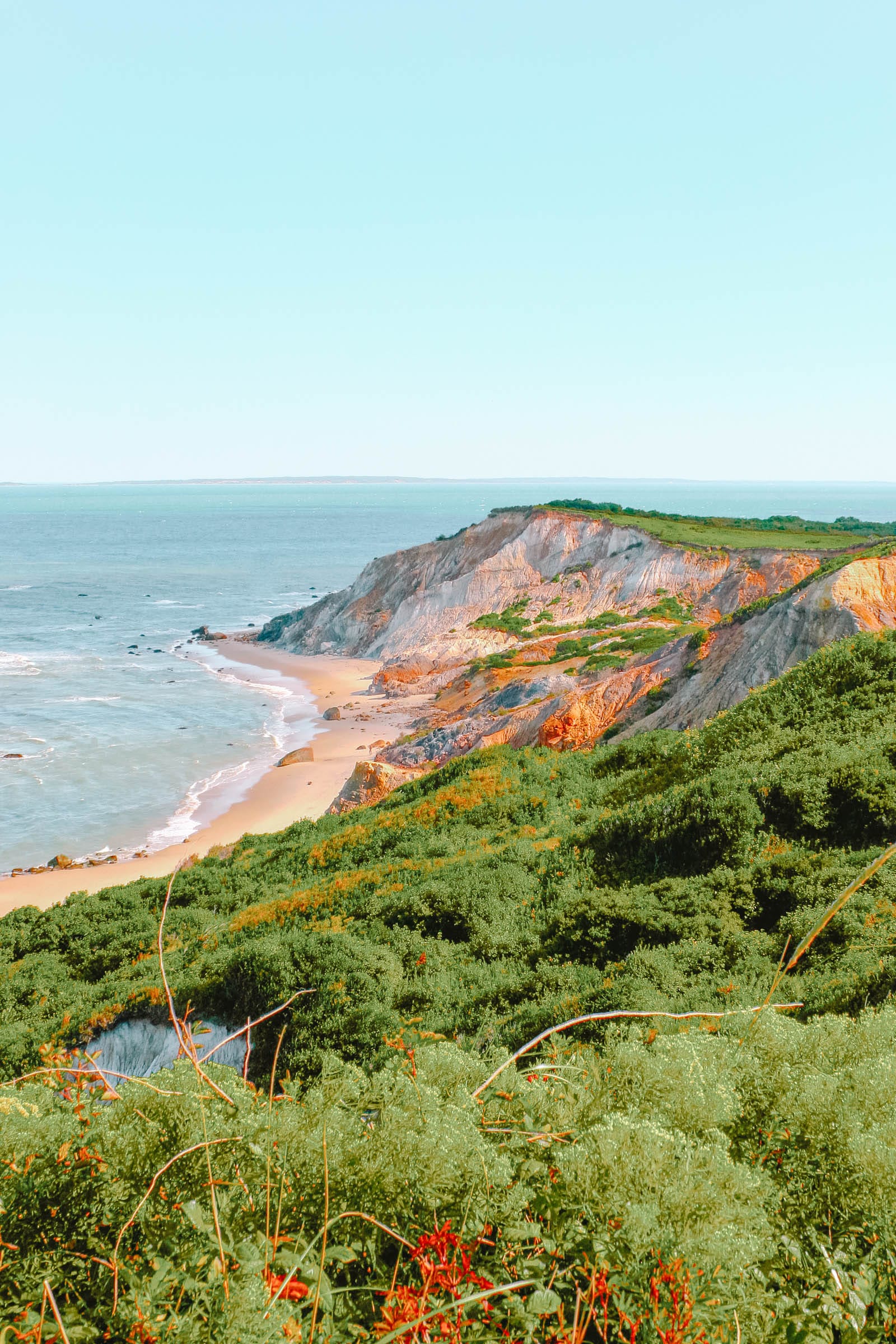Summary
Stunning landscapes—from renowned fjords and breathtaking mountain panoramas to remarkable cities—await exploration in Norway. Each region—south, west, inland, and Arctic—offers unique experiences. Witnessing the enchanting northern lights or the sunlight reflecting off a colossal glacier during a single trip ensures an extraordinary adventure. Complementing its spectacular natural beauty is a vibrant social and cultural scene. The country boasts cosmopolitan cities that celebrate both contemporary Scandinavian life and its rich heritage. Norway is undoubtedly one of the most attractive and stunning nations on Earth.
Let us delve into the premier destinations to visit in Norway:
1. Alesund

Alesund is situated on a narrow peninsula along the western coast and serves as the gateway to the breathtaking northwestern fjords and alpine mountains. It is the base for the country’s extensive cod-fishing fleet and is widely regarded by visitors as a charming and quintessential Scandinavian town.
Following the devastating fire of 1904, Alesund was constructed entirely in the Jugendstil art nouveau architectural style. Visitors can explore the Jugendstilsenteret (Art Nouveau Centre) to gain insights into this distinctive brick and stone style. Additionally, a quick hike up the 400 steps to the Fjellstua lookout offers absolutely exquisite views of the surrounding mountains and nearby islands.
2. Tromso

This is Norway’s largest city in the north and is most famous for its 18th-century wooden structures and stunning natural surroundings. Located on Tromsoya, one of the numerous islands in the region, visitors can wander through beautiful forests, and a ride on the Fjellheisen cable car to the summit of Storsteinen is highly recommended.
Explore historical and cultural sites such as the Polar Museum and Polaria—the Arctic aquarium. Moreover, Tromso is among the premier locations for witnessing the northern lights.
3. Trondheim

The third largest city in Norway serves as an ideal base for exploring the surrounding area. Trondheim showcases numerous facets—recognized for its culture, technology, academia, gastronomy, and cycling! The city hosts year-round festivals, including the St. Olav Festival, which is the premier cultural and church event in the nation. Often described as an “intimate big city,” it captures both a modern and vibrant atmosphere while retaining a strong sense of history.
Trondheim was the capital of the country during the Viking era. Notable sites include the Sverresborg castle (12th century) and the Nidaros Cathedral—a pilgrimage site for nearly a millennium. Also, be sure to visit the farmer’s market, excellent dining options, and local breweries.
4. Jotunheimen National Park

Revered as the Home of the Giants, Jotunheimen is Norway’s most distinguished national park. This park, located in the southern central region of the country, encompasses several mountain ranges, including the 29 tallest peaks in Norway.
Numerous hiking trails lead to breathtaking glaciers, pristine deep forest lakes, and panoramic valleys. At least one route will guide you to Vettisfossen, the highest waterfall in Norway (275m). The park is routinely bustling with adventure enthusiasts, and various tour companies organize remarkable packages to showcase the best offerings of this beloved park.
5. Svalbard

Svalbard, meaning “cold coasts,” is a small archipelago known as the habitat of polar bears. Situated in the Arctic Ocean between Norway and the North Pole, this area is the northernmost permanently inhabited location. The pristine Arctic wilderness, combined with rare and intriguing wildlife, creates a rugged and captivating environment for travelers.
The majority of inhabitants (and visitors) reside in Longyearbyen, the largest settlement in the archipelago. This small but vibrant town has evolved from a traditional village into a surprisingly modern locale, featuring festivals, exhibitions, concerts, and diverse cultural activities. For adventurers, Svalbard is the destination to witness dramatic mountain landscapes, unspoiled glaciers, and wildlife including polar bears, reindeer, caribou, whales, and walruses.
6. Oslo

As one of Europe’s fastest-growing cities, the ambiance in Oslo is confident, contemporary, and inviting. It stands as a cosmopolitan hub filled with world-class restaurants and art galleries while still providing a sense of small-town charm. Nestled within the “U-shaped” Oslofjord, Oslo features abundant green spaces and forests, making it an ideal location for biking and hiking.
Oslo is the capital of Norway and houses not only the royal family but also major cultural institutions such as the National Theatre and the National Museum of Art, as well as the Nobel Peace Centre, The Munch Museum (home to Edvard Munch’s The Scream), and the Norwegian Opera and Ballet. A notable attraction is Folkemuseet, an interactive outdoor museum featuring 150 historical buildings, including the renowned Stave Church.
7. Stavanger

This town distinguishes itself from many in Norway with its sandy beaches and milder climate. Stavanger is a favored summer destination for visitors seeking a blend of Scandinavian culture with sun and surf. Due to its location in the southwestern part of the country, the harbor is a significant port of call for cruise ships and tours.
Be sure to visit the Rogaland Kunstmuseum, which boasts an impressive collection of Norwegian art, alongside Norway’s finest example of a medieval church, the Stavanger Cathedral. In the historic Gamel Stavanger district, you can immerse yourself in the ambiance of 18th-century Scandinavia.
8. Lofoten Islands

The breathtaking beauty of the Lofoten Islands is hard to overstate. Renowned among outdoor enthusiasts seeking a close connection with nature, this splendid wilderness showcases unspoiled landscapes comprising deep fjords, majestic mountain ranges, unique seabird colonies, and stunning beaches. Despite being located at a latitude similar to Greenland, the climate in this archipelago is relatively mild due to the influence of the Gulf Stream.
For an unforgettable encounter with nature, Lofoten is the ideal location. You can kayak between the islands, surf, fish, scuba dive, engage in ocean rafting, hike, ski, and more. Be sure to explore some of the oldest Viking artifacts in the region.
9. Bergen

Bergen, the second-largest city following Oslo, is regarded as the gateway to the fjords. It presents a captivating blend of heritage, as Bryggen, the 15th-century waterfront, serves as a modern port and a popular tourist attraction. Here, you’ll experience a small-town atmosphere with locals eager to recommend their favorite dining spots.
The city is encircled by seven mountains that provide stunning views from virtually any vantage point. Enjoy the vibrant fish market at Hanseatic Wharf, and after exploring the town, set off to discover the most magnificent fjords in Norway.
10. The Western Fjords

Indeed, remarkable fjords can be found throughout Norway, each worthy of admiration. However, the most iconic and breathtaking are located in western Norway, between Molde and Stavanger. The Western Fjords boast both ancient and contemporary glaciers as well as deep, ocean-carved valleys defined by rugged terrain.
The two fjords that are not to be overlooked are Naeroyfjord and Geirangerfjord. Due to this extraordinary landscape, the entire area stands out as one of the most unique and sought-after destinations globally. Although your primary reason for visiting may be the fjords, you will also develop a fondness for the sublime coastline. Consider traveling by ferry to fully immerse yourself in the awe-inspiring scenery, and enjoy trekking through lush forests and across glaciers.
11. Bodø

Bodø provides a vibrant urban experience and serves as the entry point to northern Norway, particularly the Lofoten Islands. You can explore the archipelago via a tourist speedboat, kayak at midnight under the continuous daylight, or partake in fishing amidst the area’s formidable tidal currents at Saltstraumen.
With the northern lights just a moment away, Bodø offers much for discovery. Engage in concerts in the city park, shop at charming boutiques, enjoy cocktails along the quay as sea eagles soar above, and visit the well-preserved trading post at Kjærringøy. If visiting in August, do not miss Nordland Musikkfestuke and Parkenfestivalen, Bodø’s two major music events.
12. Fredrikstad

Fredrikstad is a quaint town with notable historical significance. Although much of Norway experiences cold weather for a significant portion of the year, the warmth of its residents is so genuine that you hardly notice the chill! This town is home to the best-preserved fortress in Scandinavia, dating back to the 16th century, offering a plethora of history to uncover.
The Old Town is a favored and charming destination for tourists. Sample a bottle of wine or an Italian coffee while you prepare to visit the Fredrikstad Museum or one of the many art galleries or shops in the market. The nearby Hvaler Islands are geographically the sunniest region in Norway. During summer, domestic tourists flock here for relaxing getaways and excursions through the Ytre Hvaler National Park.
13. Alta

Alta is arguably the premier Norwegian locale for observing the northern lights, offering a variety of activities to delight visitors. Begin with a snowmobile safari or try dog sledding. Alta was home to the world’s first observatory for northern light phenomena, built in the late 19th century. Key attractions also include the UNESCO World Heritage rock carvings representing Sami culture (dating back to 4200-500 BC) and the Sorrisniva Igloo Hotel, constructed entirely from snow.
Although the climate is mild, Alta’s position in the far north means it experiences 24 hours of daylight from May to August and the “blue season” from November to January. Explore the Alta Fjord, coasts, and mountains while indulging in biking, hiking, and fishing in this splendid town.
14. Røros

Established in 1644, Røros is a prominent mining town composed entirely of wooden structures. It has evolved into a contemporary community while striving to maintain its historical status as a UNESCO World Heritage Site. The town retains much of its original character, creating an atmosphere akin to a living museum.
Take a leisurely stroll through old courtyards and narrow streets, where artisans sell locally made textiles, ceramics, and delectable cuisine. Designated a Sustainable Destination in 2013, Røros is dedicated to minimizing its tourism footprint and preserving its heritage while ensuring a quality experience for visitors.
15. Helgeland

With its abundant natural beauty and exceptional outdoor adventures in Norway, Helgeland merits distinction in this region. Discover countless white sand beaches and pristine islands when exploring the Vega archipelago, situated just off Helgeland’s coast. Island hopping via kayak or bicycle through this UNESCO-protected area is greatly rewarding.
For birdwatchers, there is the opportunity to observe over 200 species in Lånan, including sea eagles and eider ducks. Each April, locals assist the ducks in preparing their nesting sites, and after nesting season concludes, down is harvested to create their renowned high-quality duvets. While there, make time to visit Svartisen, the second-largest glacier in the country, and enjoy a lengthy hike across its surface.




